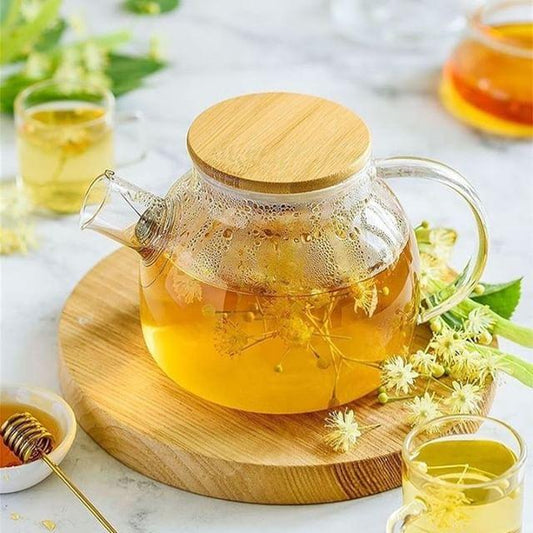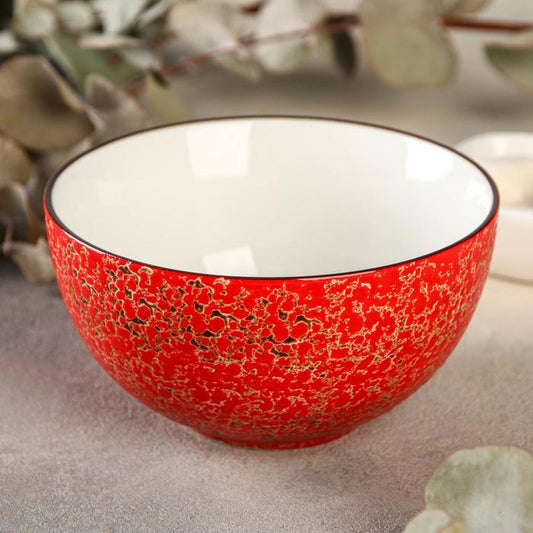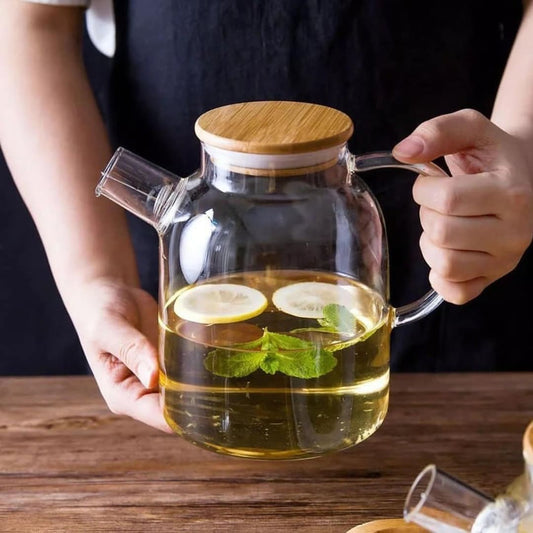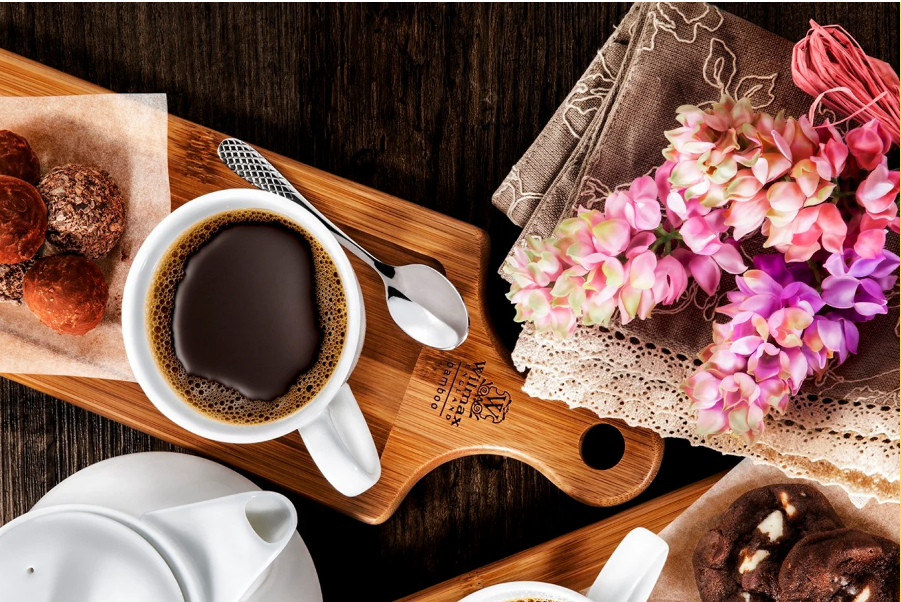DIY Curing: From Charcuterie Boards to Homemade Salami

Crafting your own cured meats might sound like butcher-level wizardry, yet with careful sanitation and the right environment, anyone can transform pork bellies and beef loins into decadent prosciutto, pancetta, or boldly spiced salami. Beyond elevating charcuterie boards, DIY curing connects you to centuries-old preservation techniques, rewarding patience with unbeatable flavor and impressive bragging rights.
1. Safety First: The Non-Negotiables
- Use curing salt #1 or #2 correctly: Pink curing salt adds nitrite/nitrate to inhibit Clostridium botulinum. Follow weight-based recipes (usually 2.5 g per kg of meat for #1).
- Source fresh, high-quality meat: Preferably pastured and never previously frozen for whole-muscle cures.
- Maintain 60–75 % RH & 55–60 °F (13–16 °C): A curing chamber or converted wine fridge with humidifier keeps mold at bay and prevents case-hardening.
- Weigh & log: Record green weight and target 30–35 % weight loss for safe water-activity levels in salami and whole muscles.
- Trust your senses + pH strips: Tangy aroma, white powdery mold (Penicillium nalgiovense) and pH ≤ 5.3 signal healthy fermentation.
2. Essential Gear for Home Curers
| Tool | Why You Need It |
|---|---|
| Digital gram scale (0.01 g) | Precise salt & cure measurement |
| Vacuum sealer / zip bags | Even cure distribution during equilibrium curing |
| pH meter or strips | Verify salami fermentation ≤ 5.3 pH |
| Curing chamber (wine fridge + Inkbird controller) | Controls temp/humidity year-round |
| Sausage stuffer + collagen/natural casings | Uniform density for fermented sausages |
Budget hack: A dorm fridge fitted with an external thermostat, plus a reptile humidifier, costs far less than a commercial chamber.
3. Two Core Curing Methods
A) Whole-Muscle Equilibrium Cure
Perfect for pancetta, duck prosciutto, bresaola, or coppa. Calculate salt at 2.5–3 % of meat weight + 0.25 % Cure #2. Vacuum-seal with spices (pepper, juniper, rosemary) and refrigerate 7–14 days, flipping daily. Rinse, net, and hang in chamber until 30 % weight loss.
B) Fermented Salami
- Grind chilled pork shoulder + 20 % back fat through 6 mm plate.
- Add 2.6 % salt, 0.25 % Cure #2, 0.3 % dextrose, spices (fennel, garlic, chile), and starter culture (e.g., Bactoferm T-SPX) at 0.03 %.
- Stuff tightly into 50–60 mm natural casings; prick air pockets.
- Ferment 24–48 h at 85 °F / 90 % RH until pH ≤ 5.2.
- Dry 55 °F / 75 % RH 4–8 weeks to 35 % weight loss. Brush with Penicillium mold for protective bloom.
4. Flavor Profiles & Add-Ins
- Tuscan: Garlic, cracked black pepper, wild fennel pollen.
- Spanish: Smoked paprika, white wine, pepper flakes (salchichón vibe).
- Nordic: Juniper, caraway, birch-smoked salt.
- Maple-Bourbon: Maple sugar, bourbon splash, toasted mustard seed.
5. Building a Show-Stopping Charcuterie Board
| Component | Why It Matters |
|---|---|
| Salami & Whole Muscles | Provide salty, umami anchors—slice thin, arrange in folds or rosettes. |
| Cheeses (soft & aged) | Creamy textures temper cured meat saltiness. |
| Pickles & Ferments | Acidic crunch—cornichons, preserved lemons, beet kraut. |
| Condiments | Honey, whole-grain mustard, fermented hot sauce elevate flavor layers. |
| Carbs & Crunch | Sourdough, seeded crackers, grissini vehicles for toppings. |
6. Troubleshooting at a Glance
- Case-hardening (dry exterior, soft core): Humidity too low—raise RH or vacuum-seal for a day to re-equalize.
- Ammonia smell: Excess mold growth—wipe with 1 : 1 vinegar solution, allow airflow.
- Slime: Temperature too warm or insufficient salt—discard, start over.
- Overly salty: Rinse briefly, pat dry, or serve with sweet accompaniments (fig jam, melon).
Share:





